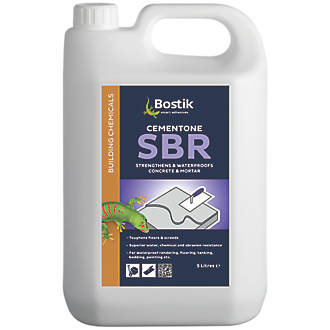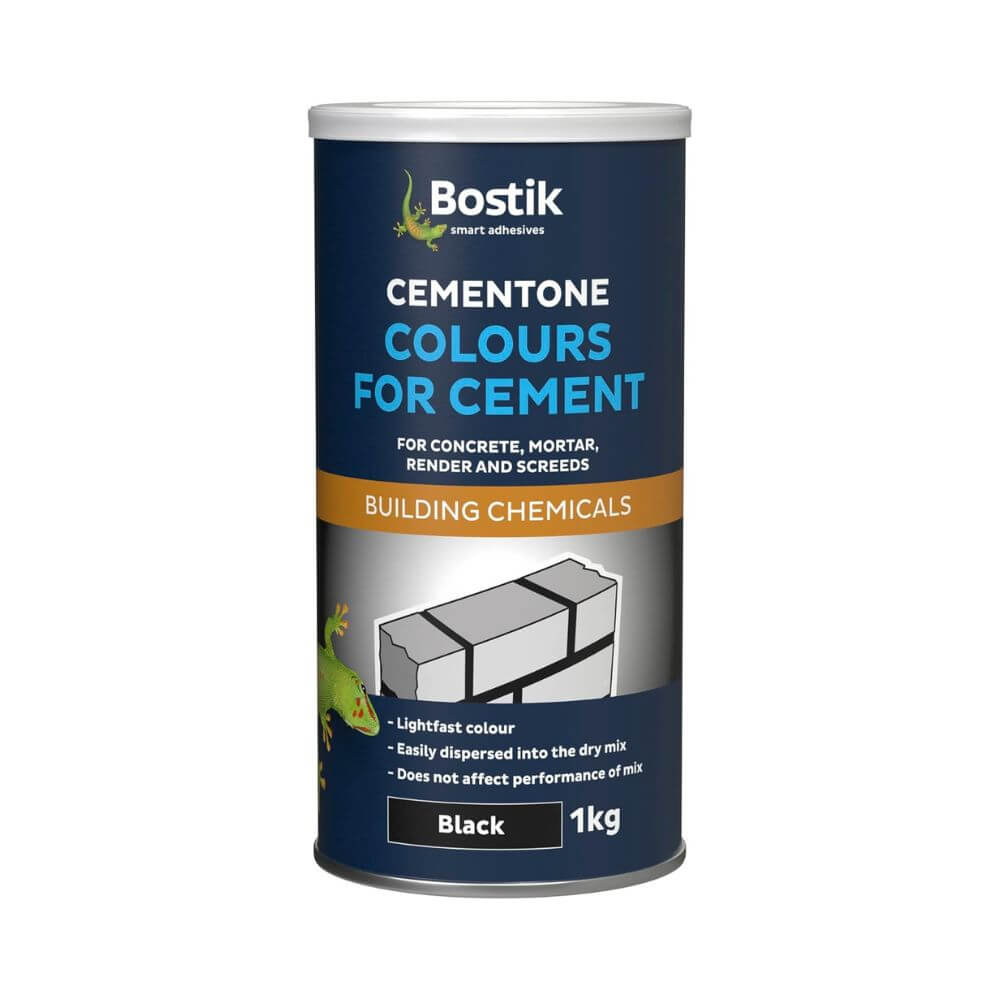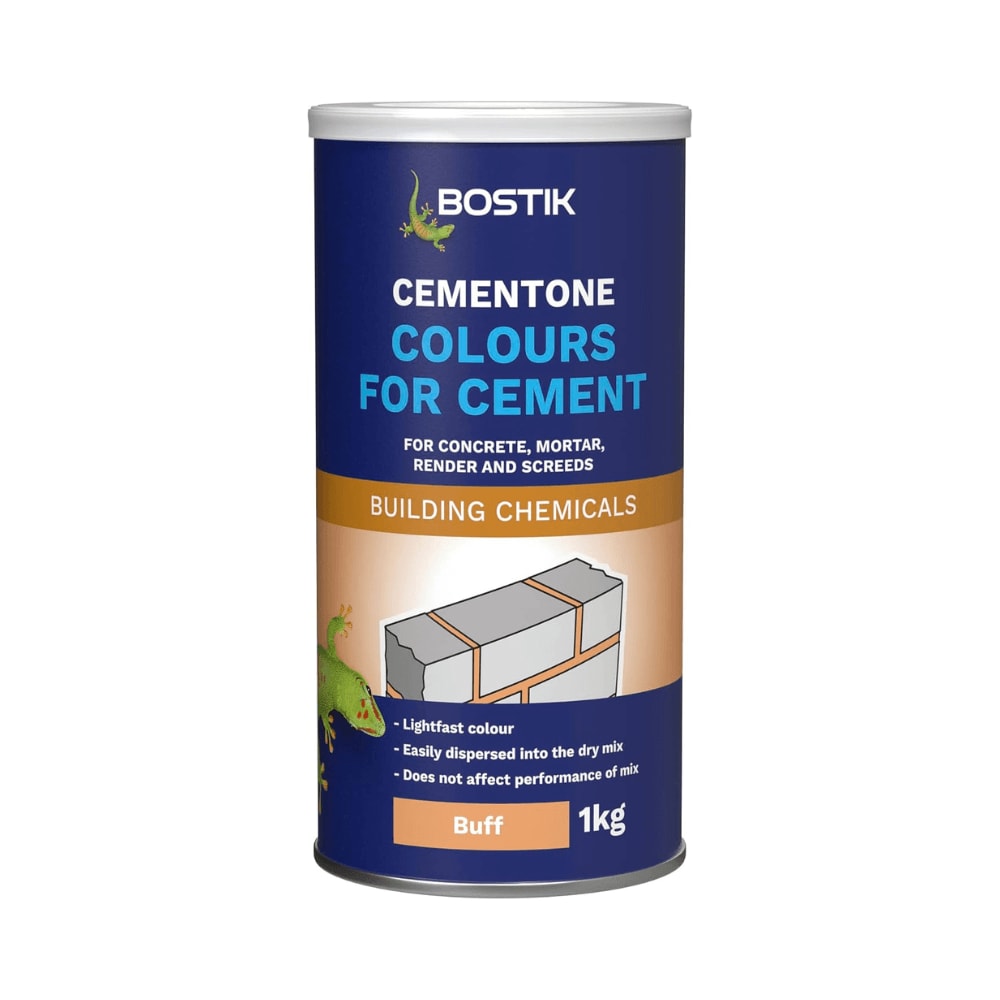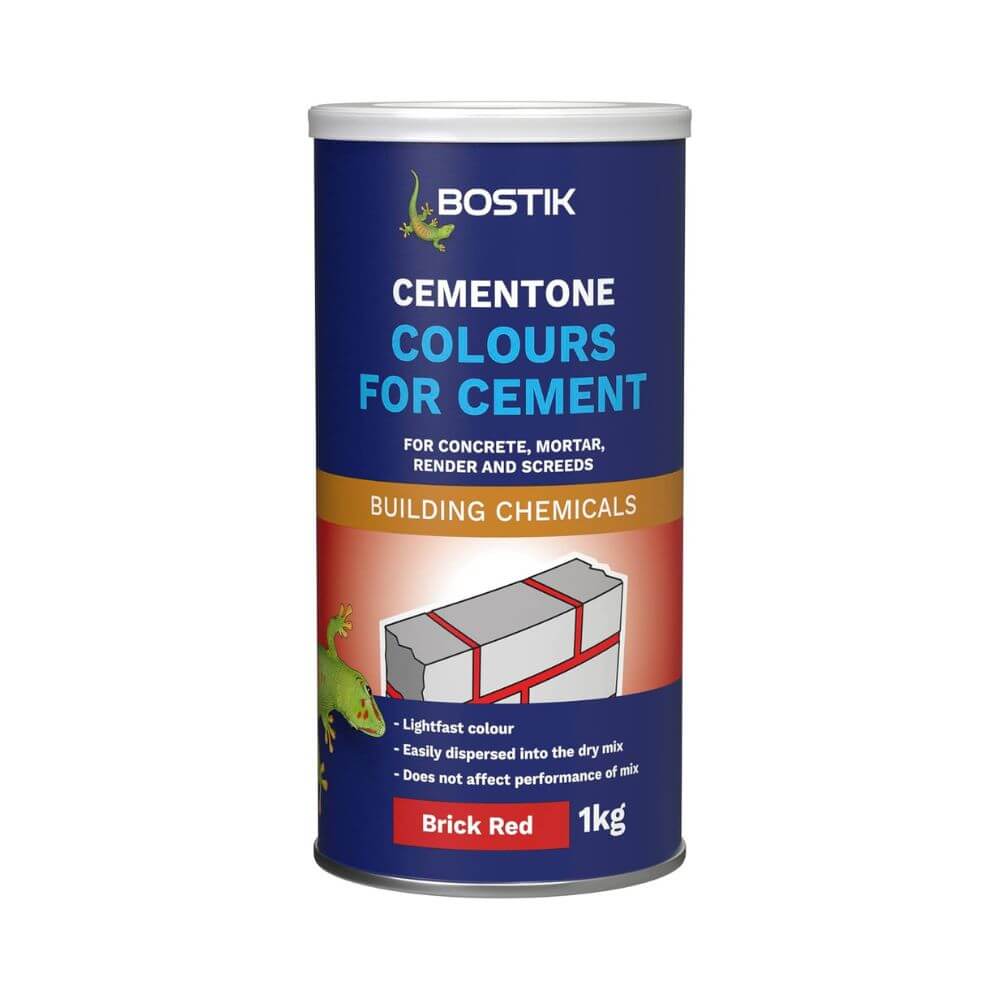Cement Plasticiser & Dyes
(9 Products)Cement plasticisers and dyes make the job easier and the finish cleaner. Plasticisers cut down on the water needed in the mix, giving you better control, less cracking, and greater strength. When paired with dyes, they add colour that holds. Our range of cement dyes offers deep, consistent tones that blend evenly throughout the mix, not just on the surface.
What Is Cement Plasticiser?
Cement plasticiser is an additive used in mortar or concrete to make the mix easier to work with. In simple terms, it helps the mix spread more smoothly and evenly without needing to add too much water.
By improving flow without compromising strength, plasticisers allow for a more workable mix that still cures hard and durable. The result is fewer cracks, less shrinkage, and better long-term performance.
Plasticisers are commonly used in bricklaying, rendering, and pointing - anywhere a smooth, consistent mix is needed. On busy sites or in warmer weather, they can make a noticeable difference in how quickly and cleanly work progresses.
Features & Benefits of Cement Plasticiser
- Cement plasticisers improve how the mix handles, making it easier to work without needing as much water. That lower water content helps produce stronger, more durable concrete once it sets.
- When added to the mix, plasticiser introduces tiny air pockets that make the mortar or concrete easier to spread and apply.
- It also helps limit shrinkage as the concrete cures, which reduces the risk of cracking or surface distortion over time.
- In colder conditions, it can offer added protection against frost damage during the early curing stages.
What Are Cement Dyes?
Cement dyes are colouring agents that are added to cement to give it a desired colour. Cement dyes can be water-based or solvent-based.
Cement dyes are specially formulated for easy dispersion into a dry mix as a way of adding a pop of colour to cement, ready-mix concrete, precast concrete, pattern-imprinted stamped concrete, renders, garden stoneware and screeds.
A large degree of cement dyes from brands such as Bostick Colours can even be applied to swimming pools.
Cement Dye Colours
Cement dying pigment is available in a host of vivid colours including sage green, york green, grass green, york buff, brick red and strong yellow. These concrete pigments do away with the typical grey hue of concrete, allowing the user greater aesthetic flexibility.
For those going for an understated look, dyes are also available in the following cement dye pigments: russet brown, ultra black, strong white, rustic brown, nut brown, dark brown, light brown, deep buff and black.
Most of these pigments tend to be suitable for commingling, allowing for a wide range of shades and plenty of colour experimentation.
Features & Benefits of Cement Dyes
- Colour Variety: Wide range of colours for diverse design options.
- Water-resistant: Maintains colour even in moist conditions.
- Compatibility: Mixes well with different cement types.
- UV Resistance: Prevents colour fading from sunlight.
- Easy Application: Available in liquid, powder, or concentrated forms.
- Penetrating or Surface Options: Can penetrate for deep colour or stay on the surface.
- Non-Toxic: Many options are environmentally friendly and safe.
Frequently Asked Cement Plasticiser & Dyes Questions
Is Cement Plasticiser Essential?
While it is not necessarily required, using a plasticiser can help to create a smoother and more cohesive cement mixture without the need for excess water. This can improve the overall quality and workability of the finished product.
How Does a Plasticiser for Mortar Work?
Mortar plasticiser works much in the same way as cement plasticiser by improving the workability and consistency of mortar mixes. It helps to reduce the amount of water needed while making the mortar easier to apply and spread, which is particularly useful for tasks like bricklaying and rendering.
Note: A mortar plasticiser is specifically formulated for mortar applications, whereas a cement plasticiser is designed for concrete mixes. Using the correct type of plasticiser for your application is important to achieve the best results. If you are unsure which product to use, it is advisable to consult the manufacturer’s guidance for recommendations tailored to your specific needs.
What Is The Difference Between Water-Based & Solvent-Based Cement Dyes?
Cement dyes are used to colour concrete surfaces, and there are two main types: water-based dyes and solvent-based dyes.
Water-based cement dyes are made up of fine pigments suspended in water. These dyes are easy to use, are manufactured with low VOC (volatile organic compound) emissions, and are generally considered to be environmentally friendly. However, water-based cement dyes can be more difficult to achieve consistent colour results across large surfaces.
Solvent-based cement dyes, on the other hand, are made up of fine pigments suspended in a solvent carrier. These cement dyes are generally more concentrated than water-based cement dyes, which means that a little goes a long way. However, solvent-based dyes emit higher levels of VOCs and also have flammability concerns.
In summary, the main difference between water-based and solvent-based cement dyes is the type of carrier in which the pigments are suspended. Water-based cement dyes are easier to use, have low VOC emissions, and are environmentally friendly, while solvent-based dyes are more concentrated and offer long-lasting colour.
It's always recommended to consider safety precautions and environmental regulations when choosing a dye for your project list.
Can You Use Washing Up Liquid As A Cement Plasticiser?
The use of washing up liquid as a substitute for plasticiser in cement can have detrimental effects on the long-term structural integrity of the concrete. We believe there should be no shortcuts when assuring the structural soundness of a project and thus, this practice should be avoided.
What Happens If You Put Too Much Plasticiser in Cement?
Excessive use of plasticiser in cement can result in an influx of air bubbles, which can make the mix less dense, and result in weaker concrete once hardened. These voids, created by the added air, also make the cement more susceptible to damage by frost which can cause it to crumble over time.








